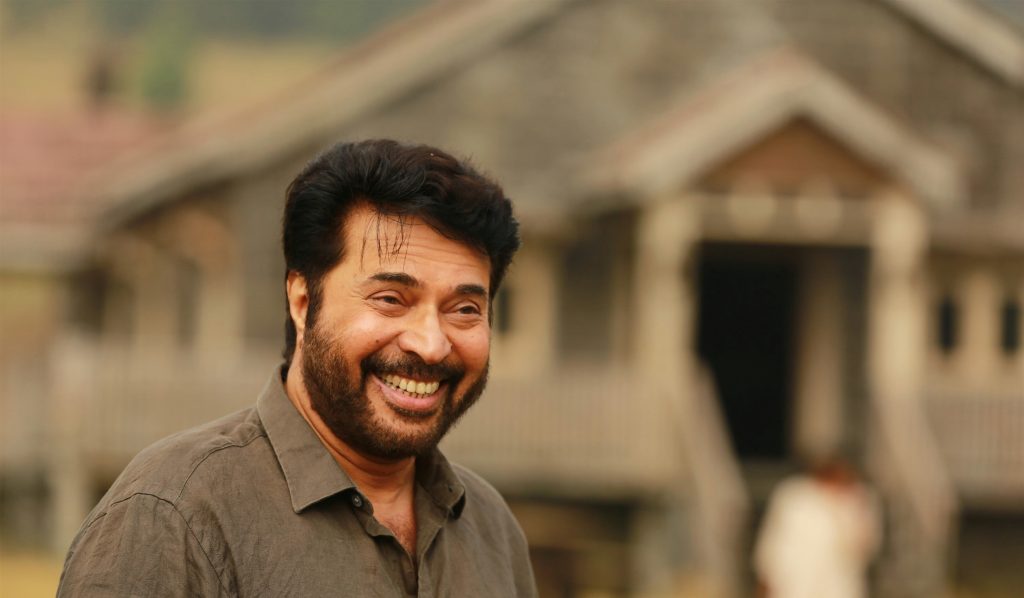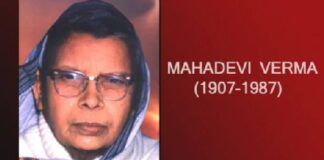Mammootty, born Muhammad Kutty Panaparambil Ismail on September 7, 1951, in Chandiroor, Kerala, is one of India’s most revered actors, primarily known for his work in Malayalam cinema. With a career spanning over five decades and more than 400 films, Mammootty is celebrated for his versatility and transformative portrayals. His dedication to character depth, realistic portrayals, and commitment to the craft have made him an icon of Indian cinema, earning him three National Film Awards, seven Kerala State Film Awards, and thirteen Filmfare Awards. Mammootty Biography, Age, Height, Model and Wife
Early Life and Education
Mammootty was born into a modest family in a small town near Alappuzha, Kerala. Growing up, he had a keen interest in academics, particularly in law and literature, which led him to pursue a law degree at Government Law College, Ernakulam. Following graduation, he briefly practiced law before deciding to pursue his passion for acting. His family background, rooted in values of discipline and humility, would later influence the roles he chose and the way he conducted himself in the industry.

Film Debut and Initial Struggles
Mammootty’s first appearance was in a minor role in the 1971 film Anubhavangal Paalichakal, directed by K. S. Sethumadhavan. However, his real break came almost a decade later, in the early 1980s, when he began working with prominent directors in Malayalam cinema. His breakthrough role was in Vilkanundu Swapnangal (1980), directed by M. T. Vasudevan Nair, where his powerful performance caught the attention of critics and filmmakers alike.
In the early 1980s, Mammootty started to gain recognition, and by 1983, he was established as a prominent actor with the release of films like Aa Raathri, Yavanika, and Athirathram. His performance style, characterized by subtlety and restraint, marked a departure from the exaggerated dramatics common in Indian cinema at the time, and he quickly became known for his realistic approach to acting.
Rise to Fame and Acclaimed Performances
The 1980s and 1990s were transformative years for Mammootty, where he solidified his reputation as a top-tier actor. His collaboration with directors like Adoor Gopalakrishnan, Hariharan, and K. Madhu led to several critically acclaimed films. In 1989, he starred in Oru Vadakkan Veeragatha, where he portrayed Chandu Chekavar, a complex character from Kerala’s folklore. This role won him his first National Film Award for Best Actor and showcased his ability to embody larger-than-life characters with nuance and gravitas.
Another career-defining performance came in 1991 with the film Mathilukal, directed by Adoor Gopalakrishnan. Based on Vaikom Muhammad Basheer’s autobiographical novel, Mammootty portrayed a political prisoner in pre-independence India. The film, known for its minimalistic style and the absence of a female co-star (as the protagonist only speaks to her through a wall), highlighted Mammootty’s ability to carry an entire narrative single-handedly. This role won him his second National Film Award and further cemented his place among India’s acting elite.
In 1993, he played Dr. B. R. Ambedkar in Dr. Babasaheb Ambedkar, a performance that won him his third National Film Award. His preparation included deep research into Ambedkar’s life, mannerisms, and philosophies, showcasing his commitment to bringing historical characters to life authentically.
Versatility and Transition to Other Languages
Mammootty’s filmography is noted for its variety, as he has taken on diverse roles that span multiple genres, including action, drama, comedy, and historical films. His role choices often reflect a deep social consciousness, seen in films like Ponthan Mada (1994), where he portrayed a Dalit man in love with an upper-caste woman, and Vidheyan (1993), where he played a submissive laborer who eventually rises against oppression.
Mammootty has also made a successful foray into other language films, notably in Tamil, Telugu, Hindi, and Kannada cinema. His performance in Thalapathi (1991), a Tamil film directed by Mani Ratnam, alongside superstar Rajinikanth, showcased his ability to hold his own in multi-starrer films and earned him significant recognition beyond Kerala. His work in Bollywood, though limited, includes roles in films like Dhartiputra and Triyathri, where his powerful screen presence was widely praised.
Personal Life and Philanthropy
Mammootty married Sulfath in 1979, and they have two children: Surumi and Dulquer Salmaan, the latter of whom is a successful actor in Indian cinema today. Known for keeping his private life away from the media spotlight, Mammootty is often described as humble and grounded.
Beyond his acting career, Mammootty is known for his philanthropic work. He is actively involved in various charitable organizations, including the Pain and Palliative Care Society, where he serves as a patron. Through his initiative, the Mammootty’s Care and Share International Foundation, he has worked on projects addressing healthcare and education. His commitment to social welfare extends to his environmental advocacy, including campaigns to raise awareness about the importance of preserving Kerala’s rich natural heritage.
Legacy and Honors
Mammootty’s contribution to Indian cinema has been recognized with several honors, including the Padma Shri in 1998. He has also received honorary doctorates from the University of Kerala and the University of Calicut in recognition of his contributions to cinema and society. His influence goes beyond awards; he has inspired a generation of actors and filmmakers, particularly in Malayalam cinema, where he remains a towering figure.
Influence on Malayalam Cinema
Mammootty, along with Mohanlal, has redefined the Malayalam film industry, ushering in an era of character-driven, realistic films that appeal to both the masses and critics. Known for working closely with new directors and supporting innovative projects, Mammootty has consistently contributed to the evolution of Malayalam cinema. His willingness to experiment with unconventional roles and his passion for meaningful storytelling have solidified his legacy as a pioneer.
Conclusion
Mammootty’s career, marked by unparalleled versatility, dedication, and social commitment, is a testament to his impact on Indian cinema. With a body of work that transcends languages, genres, and decades, he remains a beloved figure in the film industry and beyond. Whether portraying a historical figure or a common man, Mammootty’s commitment to authenticity and craft continues to resonate, making him one of the most enduring icons of Indian cinema.Â






